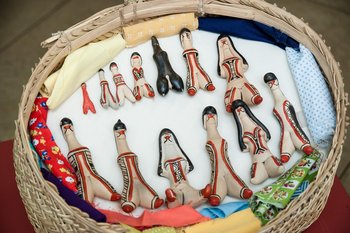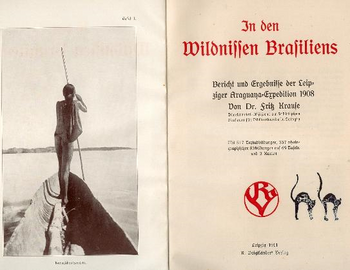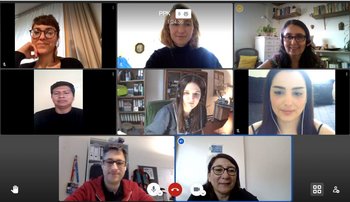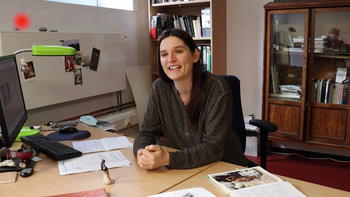[Translate to English:] text 1
As children play with the dolls, they become socialized into the Iny-Karajá community and cosmology. Ritxoko have also been sold to tourists and museums since the twentieth century, providing a source of income for many of the Ceramistas (ceramists) in the Iny-Karaja villages along the Araguaia River.




